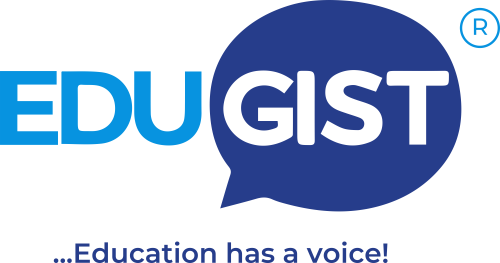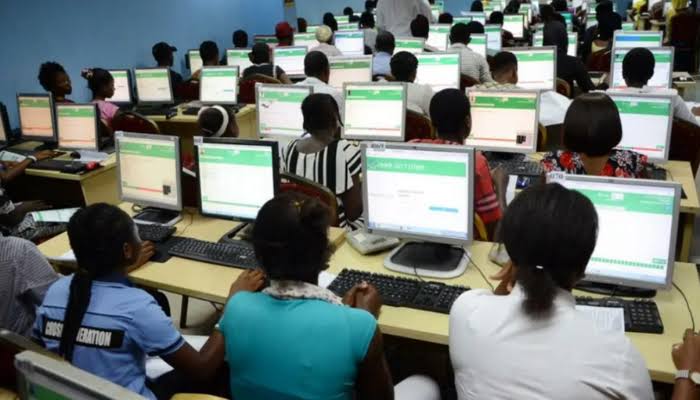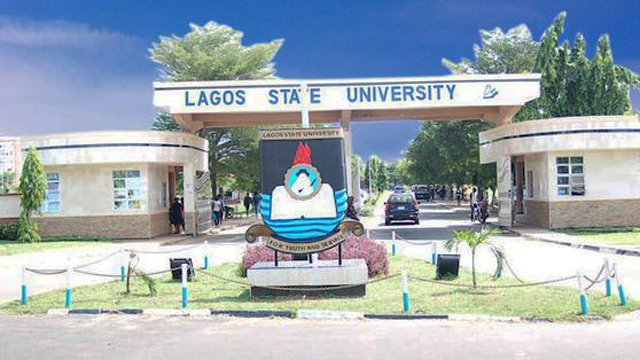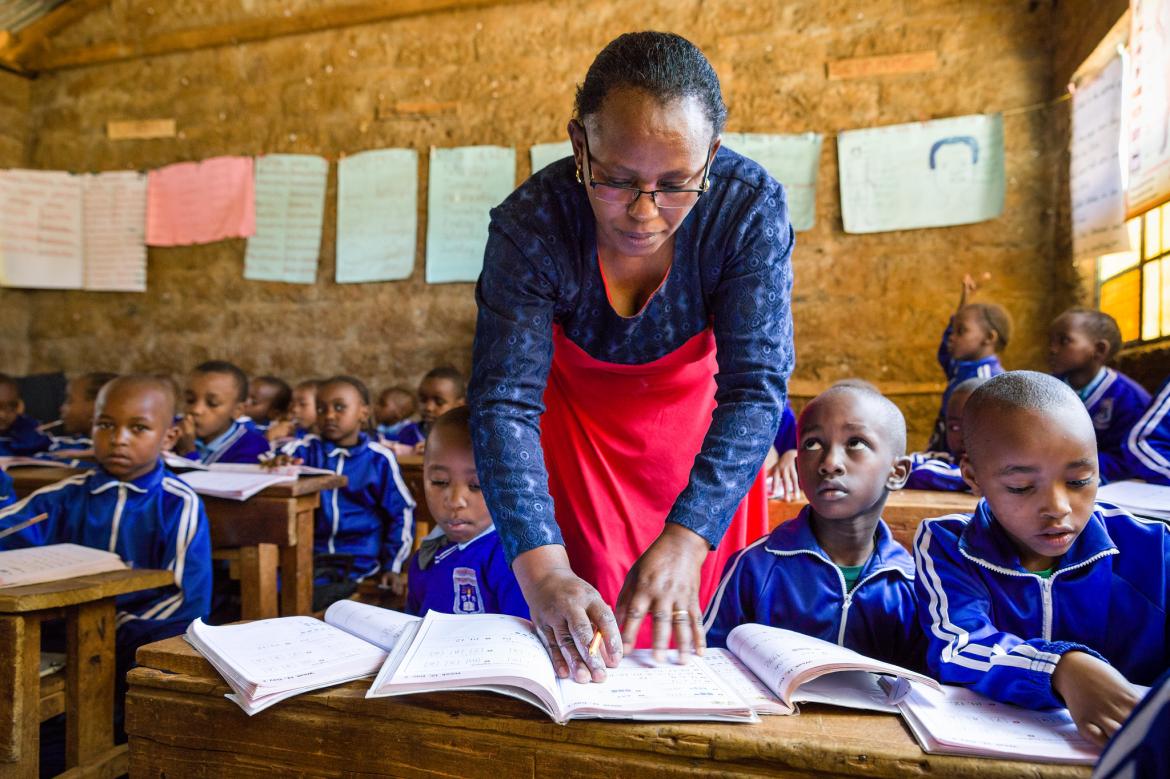The integration of digital technologies in education is revolutionizing the way students learn, and educators teach. As the global education landscape continues to shift, Nigeria stands to gain significantly from embracing a wholistic digital transformation.
The benefits span across accessibility, learning outcomes, skills development, and cost efficiency, and are discussed briefly below:
-
- Improved Accessibility
Digital transformation is a powerful tool in democratizing education, particularly in underserved and hard-to-reach areas of Nigeria. E-learning platforms and remote learning technologies allow students in rural or conflict-prone regions to access educational content, breaking down geographical barriers. Platforms such as Massive Open Online Courses (MOOCs) provide students with access to lectures, study materials, and peer interaction, irrespective of their location.
Moreover, digital tools enable personalized learning, catering to diverse learning styles and paces. Unlike traditional classrooms where students are often expected to conform to a single method of teaching, digital platforms allow for tailored learning experiences. For instance, interactive software and applications can adjust the difficulty of content based on a student’s performance, offering remedial support or advanced challenges as needed. This personalized approach not only improves retention but also empowers students to take control of their learning journey, fostering a more engaging and inclusive education system.
-
- Enhancing Learning Outcomes
Digital technologies enhance the quality of education by providing interactive and multimedia-rich learning environments. The use of interactive software, online resources, and multimedia tools makes learning more dynamic and engaging. For example, video tutorials, simulations, and virtual labs enable students to visualize complex concepts, which might otherwise be difficult to grasp through traditional methods. Such tools make abstract ideas more concrete, enhancing comprehension and retention.
Additionally, the application of artificial intelligence (AI) in education brings a new level of innovation in adaptive learning and assessments. AI-powered learning platforms can track individual students’ progress, identifying strengths and weaknesses in real-time. Based on this data, the system can adjust the learning material, providing additional support in areas where a student may struggle and accelerating learning in areas of proficiency. AI-driven assessments also offer immediate feedback, enabling students to improve continuously. These innovations not only improve learning outcomes but also allow educators to focus on more personalized guidance, significantly enhancing the teaching and learning experience.
-
- Bridging the Skills Gap
In the rapidly evolving global economy, digital transformation is critical for equipping students with the skills required for the 21st-century workforce. The traditional education system in Nigeria, which has been largely theoretical, often fails to equip graduates with the practical skills needed for today’s technology-driven economy. Digital transformation, however, can help bridge this gap by integrating digital literacy, coding, data analysis, and other tech-related skills into the curriculum.
By incorporating digital skills training from early education through tertiary levels, students are better prepared for careers in fields such as information technology, engineering, artificial intelligence, and digital marketing. Moreover, teaching digital competencies aligns education with the demands of the global economy, ensuring that Nigerian graduates are competitive on the world stage. This alignment can also foster innovation, entrepreneurship, and a more resilient economy by producing a workforce capable of adapting to technological changes.
-
- Cost Efficiency and Scalability
Digital transformation offers significant cost-saving advantages, particularly in relation to physical infrastructure and teaching resources. Traditional education models require substantial investments in buildings, textbooks, and other physical resources. Digital platforms, however, reduce the dependency on these physical infrastructures by offering cloud-based resources, online libraries, and virtual classrooms. Schools and universities can reach more students without the need to build additional facilities, making education more scalable and inclusive.
Additionally, open educational resources (OER) and digital textbooks can be made available at a fraction of the cost of printed materials. E-books and online course materials are often freely accessible or cheaper than their physical counterparts, making it easier for students and educational institutions to acquire necessary resources. By leveraging these cost efficiencies, Nigeria can significantly reduce the financial barriers to quality education, ensuring that more students, regardless of economic background, can benefit from quality instruction.
Digital transformation holds the potential to address some of the most pressing challenges in Nigeria’s education system. From improving accessibility for underserved communities to enhancing learning outcomes and bridging the skills gap, the benefits of embracing digital technologies are vast. Additionally, the cost-efficiency and scalability offered by digital education make it a viable solution for expanding educational access and improving quality across the country. Embracing this shift is not just a choice but an urgent necessity for Nigeria’s educational and national development.
KEY COMPONENTS OF WHOLISTIC DIGITAL TRANSFORMATION IN EDUCATION
Digital transformation in education requires a multi-faceted approach, addressing various critical components that lay the foundation for a successful overhaul of the education system in Nigeria. This section highlights the five key components essential to achieving a wholistic digital transformation in the Nigerian education system.
-
- Digital Infrastructure
The backbone of any digital transformation is robust digital infrastructure. In the context of education, this refers to providing internet access in schools, both in urban and rural areas. According to the International Telecommunication Union (ITU), Nigeria faces significant connectivity challenges, particularly in rural regions where internet penetration remains low. Reliable internet access is critical to enabling e-learning platforms and digital resources for students and educators.
Additionally, access to affordable devices is essential for both teachers and students. Many families and institutions in Nigeria struggle with the cost of devices such as laptops and tablets, which are necessary for participating in digital learning. Government and private sector initiatives must focus on ensuring that digital tools are not a luxury but a necessity for all learners (World Bank, 2019). By expanding internet access and providing affordable devices, the educational experience becomes inclusive and equitable.
-
- Teacher Training and Capacity Building
Teachers are the heart of any education system, and for digital transformation to succeed, it is critical to focus on teacher training and capacity building. Teachers need continuous digital literacy training to integrate technology effectively into their pedagogy. The United Nations Educational, Scientific and Cultural Organization (UNESCO, 2018) emphasizes the importance of developing teachers’ digital competencies, noting that teachers must be proficient in using digital tools to deliver quality instruction.
Furthermore, digital tools must be incorporated into teaching curricula. This requires the development of training programs that focus on using technology to enhance student engagement and learning outcomes. Teachers must also be empowered to innovate in both teaching and administration. Building a tech-savvy educational workforce ensures that digital tools are used not merely as accessories but as essential elements in the learning process.
-
- Curriculum Overhaul
A modernized curriculum is another essential component of digital transformation in education. Nigeria’s current curriculum, in many cases, does not adequately prepare students for the demands of the 21st-century economy (Bates, 2015). Incorporating digital literacy, computer science, and other technology-related subjects into the curriculum is crucial. In a report by the World Economic Forum (2020), digital skills are identified as critical for future job markets, making it imperative for Nigeria to align its curriculum with global standards.
E-learning and blended learning models must also be incorporated into the standard educational framework. These models offer flexibility and allow students to learn at their own pace, which is particularly beneficial in an environment where access to quality teaching may be limited. This shift is not just about incorporating technology but also about rethinking how students learn and how learning outcomes are assessed (Picciano, 2017).
-
- Digital Content Creation
Locally relevant and culturally sensitive digital content is critical to ensuring that digital transformation resonates with students across Nigeria. While global digital content is valuable, it is crucial to develop learning materials that reflect the cultural context and educational needs of Nigerian students. According to Okojie et al. (2020), localized content not only enhances engagement but also makes education more meaningful and relatable.
Open Educational Resources (OER) offer a cost-effective way to supplement traditional textbooks. OER allows educators to access free, high-quality resources and customize them to meet their students’ needs. Encouraging the use of OER in Nigerian schools and universities can significantly reduce the cost of educational materials while ensuring that content is up-to-date and relevant.
-
- Policy Frameworks and Government Support
Government policy is essential in driving digital transformation in education. Policies that promote Information and Communication Technology (ICT) in education must be comprehensive and aligned with national educational goals. Currently, Nigeria’s ICT policy for education lacks the depth needed to support large-scale digital transformation (World Bank, 2018). There is an urgent need for policymakers to review existing frameworks and develop a holistic ICT policy that promotes digital literacy from primary to tertiary levels.
Public-private partnerships (PPP) can play a crucial role in facilitating digital transformation. By partnering with the private sector, the government can leverage technological expertise and resources to expand digital infrastructure, develop educational content, and train educators. As noted by Anderson and Dron (2011), PPPs are instrumental in bridging the gap between policy and practice, ensuring that digital transformation initiatives are sustainable and scalable.
Ⅱ. CHALLENGES AND BARRIERS TO DIGITAL TRANSFORMATION IN NIGERIA EDUCATION
Despite the undeniable benefits that digital transformation offers to Nigeria’s education system, several significant challenges and barriers hinder its full adoption. Understanding these obstacles is crucial in developing strategies to overcome them. These challenges can be categorized into infrastructure limitations, resistance to change, high costs, and policy gaps, all of which pose threats to Nigeria’s transition into a digitally empowered educational system.
-
- Inadequate Infrastructure
The lack of consistent electricity and internet access, especially in rural areas, is one of the most critical challenges to digital transformation in Nigerian education. Access to reliable electricity is a major constraint; according to the World Bank, only about 59% of Nigerians have access to electricity, with rural areas being the hardest hit. Without a stable electricity supply, digital devices and internet connectivity, which are the bedrock of digital education, become difficult to sustain. The situation is worsened by inadequate broadband infrastructure, particularly in underserved rural regions, leading to a pronounced digital divide between urban and rural areas.
This disparity limits the reach of digital learning tools and platforms, leaving students in rural areas at a disadvantage. In a study by Alabi and Abdulmalik (2021), it was found that students in urban areas were twice as likely to access e-learning tools compared to their rural counterparts, further widening the education gap. For a wholistic transformation to occur, there must be targeted efforts to improve internet penetration and electricity reliability across the nation.
-
- Resistance to Change
Another significant barrier is the cultural and institutional resistance to adopting digital tools in education. Many educators and administrators are accustomed to traditional teaching methods and may be hesitant to embrace digital learning due to concerns about its effectiveness or fear of disrupting established practices. Institutional inertia, where educational institutions are slow to change, can also inhibit progress.
Additionally, teacher reluctance plays a crucial role in the slow adoption of digital technologies. This reluctance often stems from a lack of digital literacy and the fear that technology may render them obsolete. Teachers may view the increasing use of artificial intelligence and online platforms as a threat to their roles, leading to resistance against digital transformation initiatives. Overcoming this resistance will require investment in continuous professional development and targeted support programs to empower teachers to embrace and integrate technology into their pedagogical approaches.
-
- High Costs
The financial burden of acquiring the necessary digital devices and infrastructure is another considerable challenge. Many schools, particularly public institutions, lack the funds to purchase laptops, tablets, and other essential digital tools. Additionally, families in low-income communities may struggle to afford these devices for their children, exacerbating existing educational inequalities.
Beyond the cost of devices, the price of implementing digital infrastructure—such as installing broadband internet and maintaining digital platforms—can be prohibitive for many educational institutions. Training teachers and staff in the use of digital tools also incurs significant costs. As noted by Olawepo and Adegboye (2021), even when ICT facilities are available, insufficient funds to maintain and upgrade them can stall the progress of digital transformation efforts. Without adequate investment from both public and private sectors, the financial burden will continue to limit access to quality digital education.
-
- Policy Gaps and Poor Implementation
While Nigeria has made some strides in creating policies to support digital transformation in education, there are still critical policy gaps that impede progress. One of the most significant barriers is the lack of a cohesive national policy on digital education. Existing policies are often fragmented and fail to address the specific needs of digital transformation in a wholistic manner. According to Adeniran (2019), Nigeria’s ICT policies in education are often outdated and lack the necessary frameworks to support large-scale digital integration in schools.
Furthermore, inconsistent implementation of ICT initiatives at both state and federal levels presents a major challenge. The lack of coordination between these levels of government often leads to disjointed efforts, where some regions benefit from digital initiatives while others are left behind. For instance, some states have implemented e-learning programs, while others have yet to introduce any significant digital tools or platforms in their schools. This inconsistency leads to uneven progress and reinforces educational inequalities across different regions. A national policy that is clear, comprehensive, and well-coordinated is essential to ensure the successful digital transformation of education in Nigeria.















